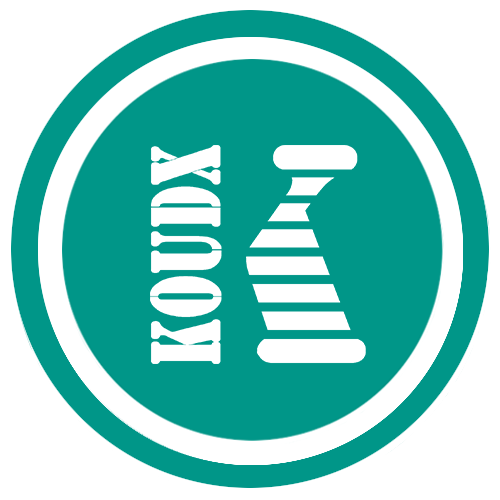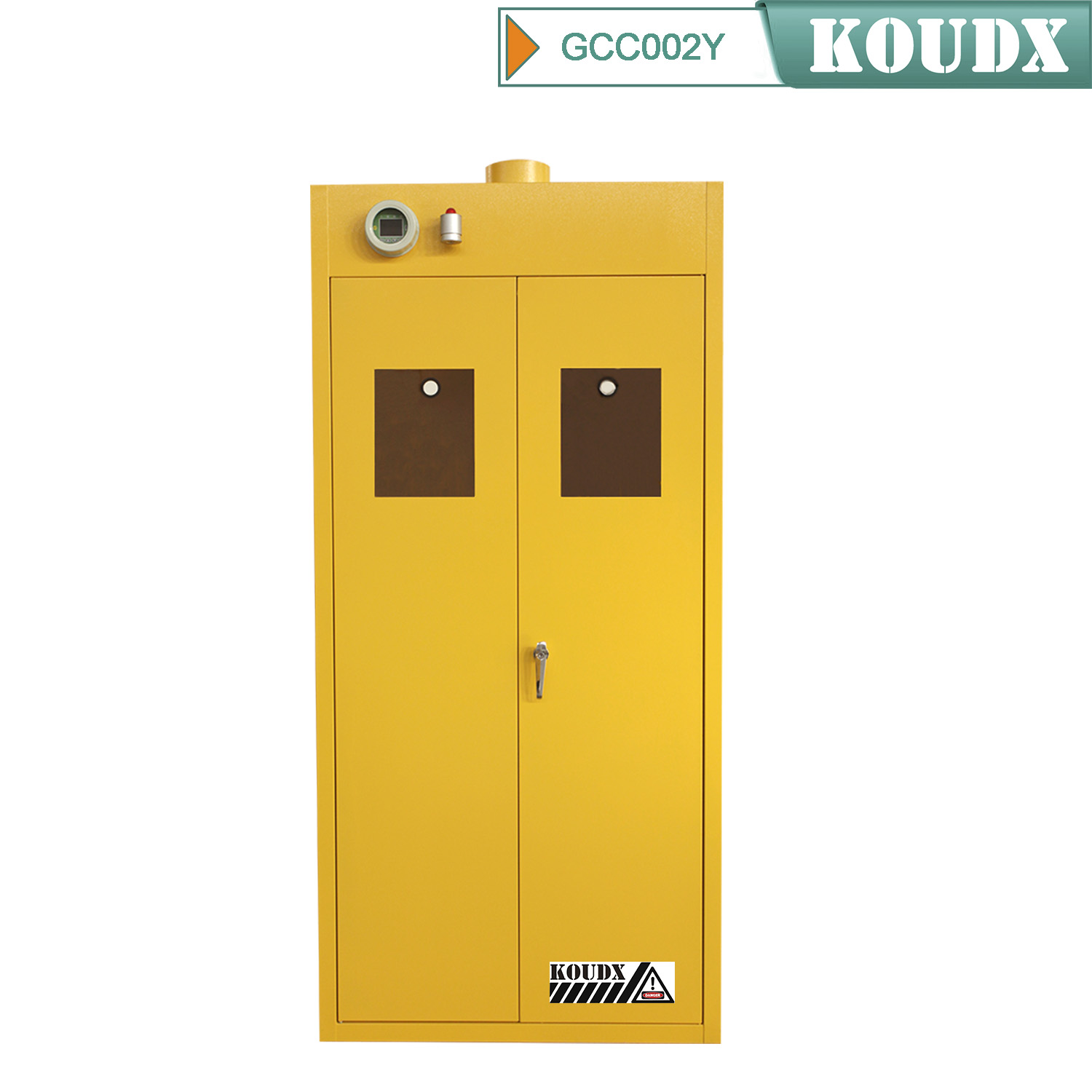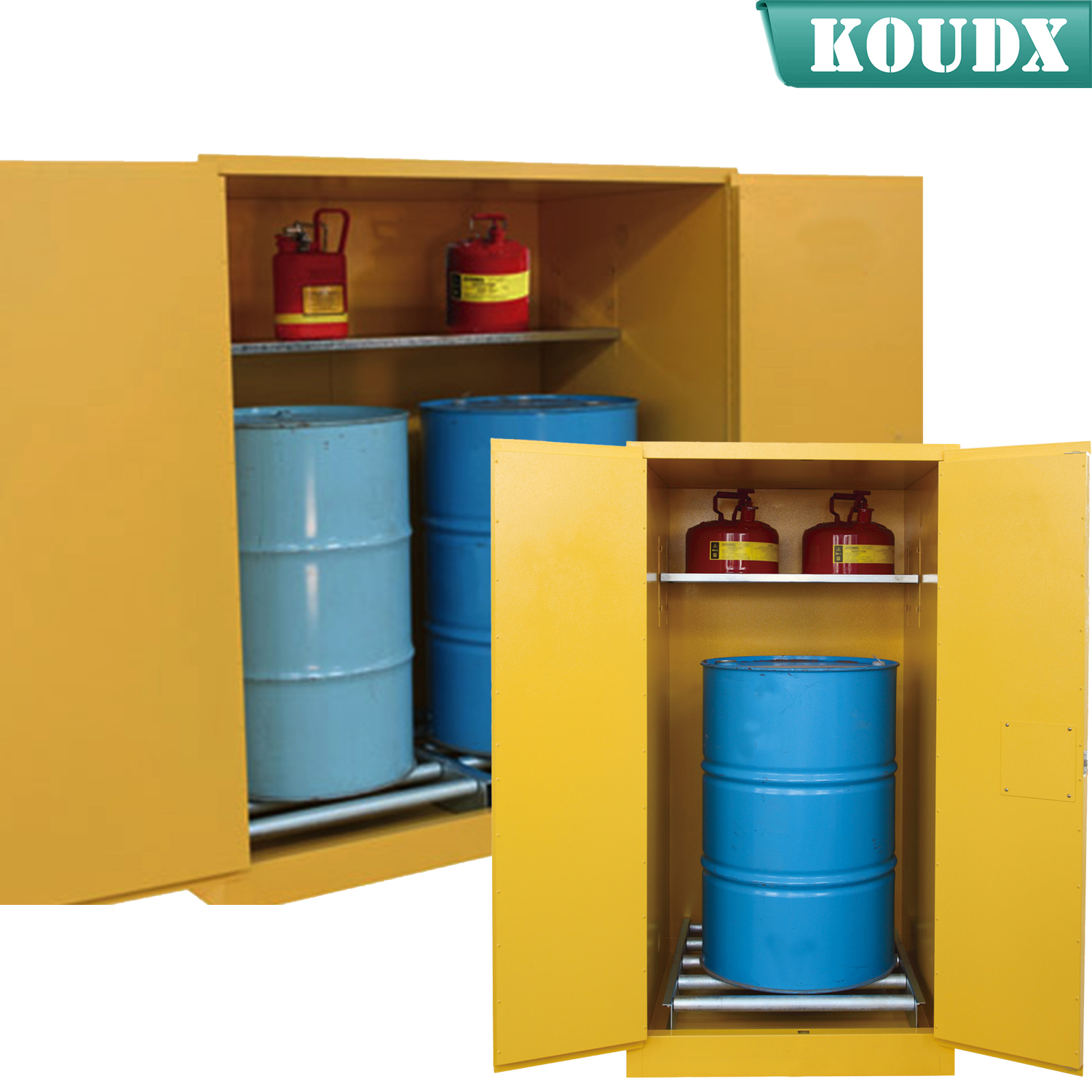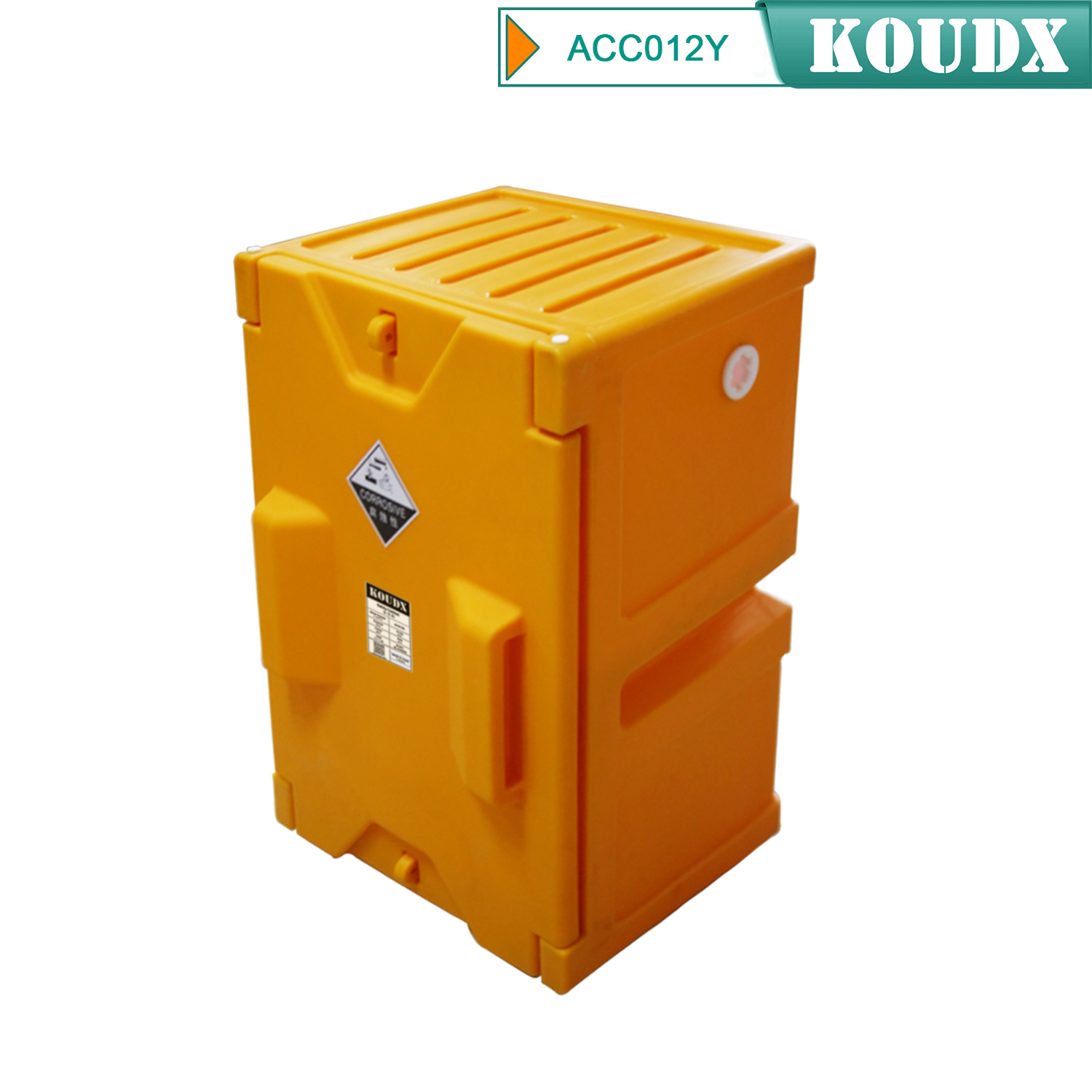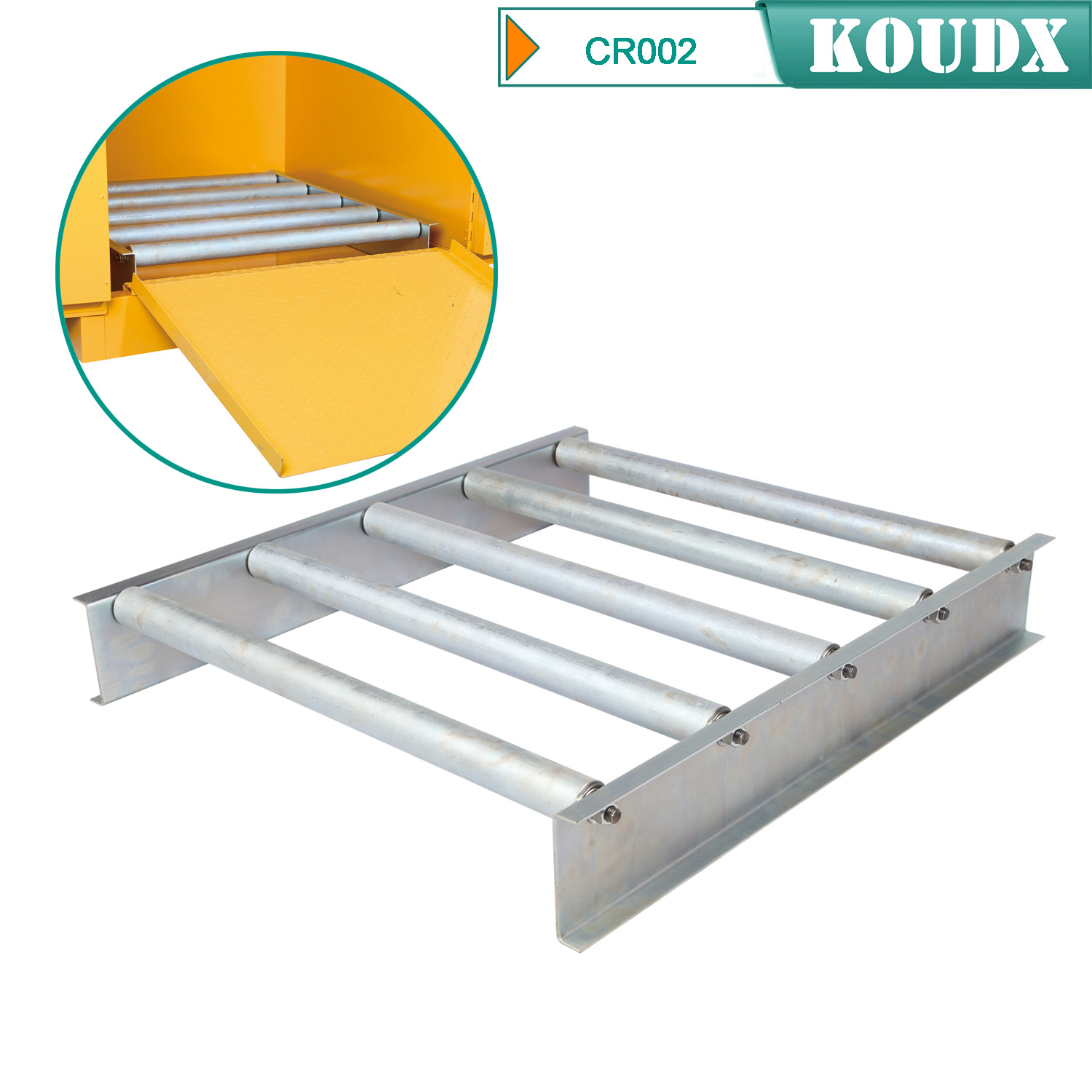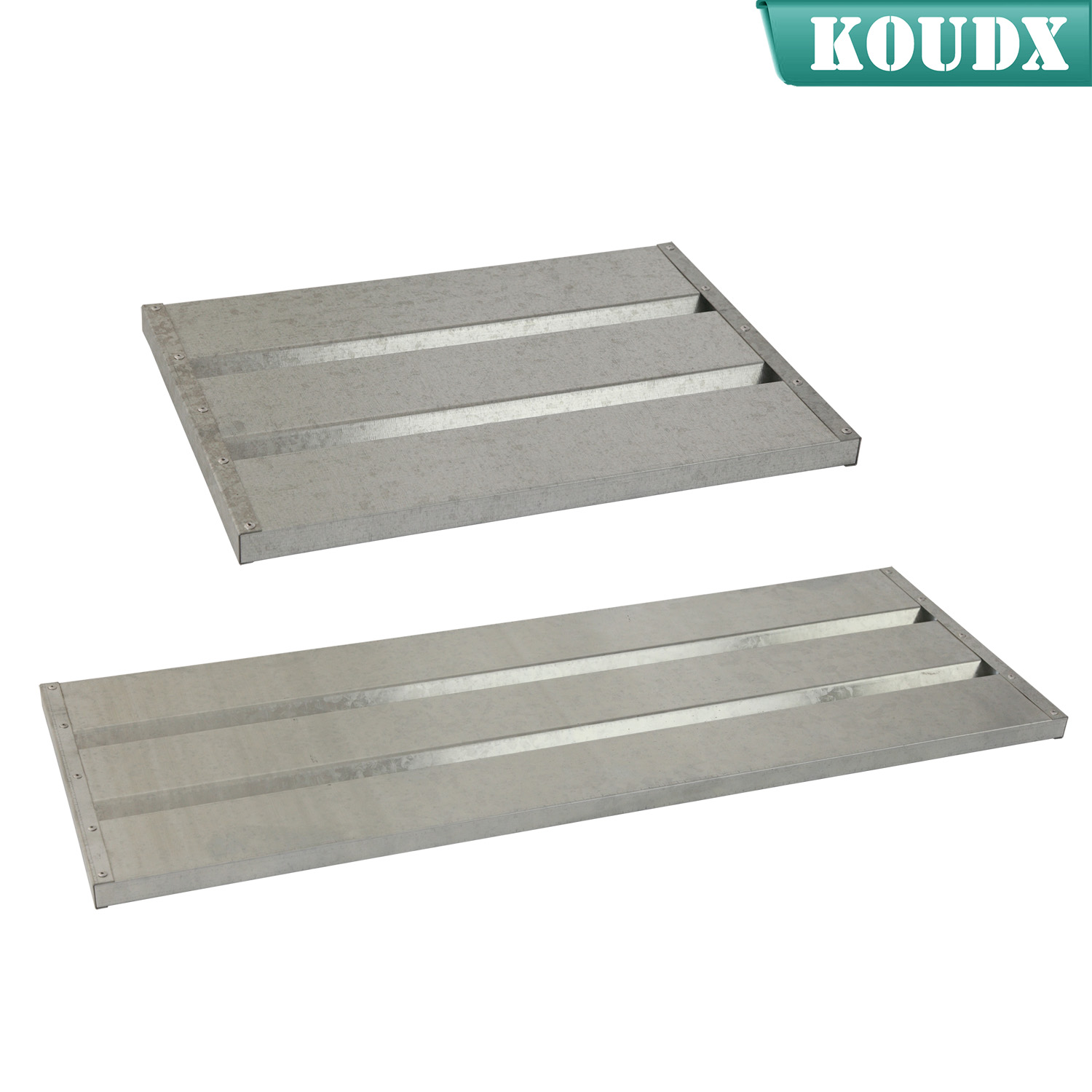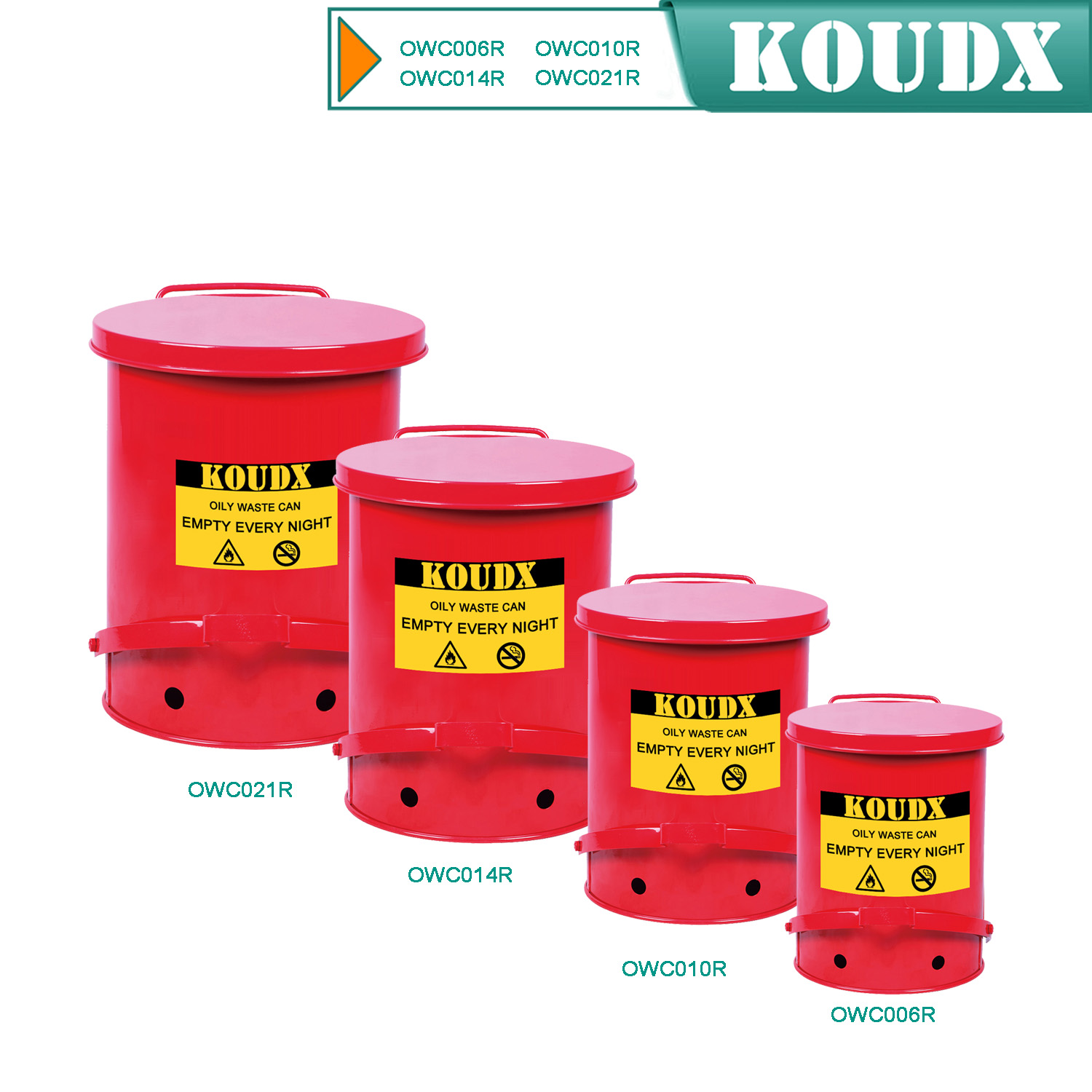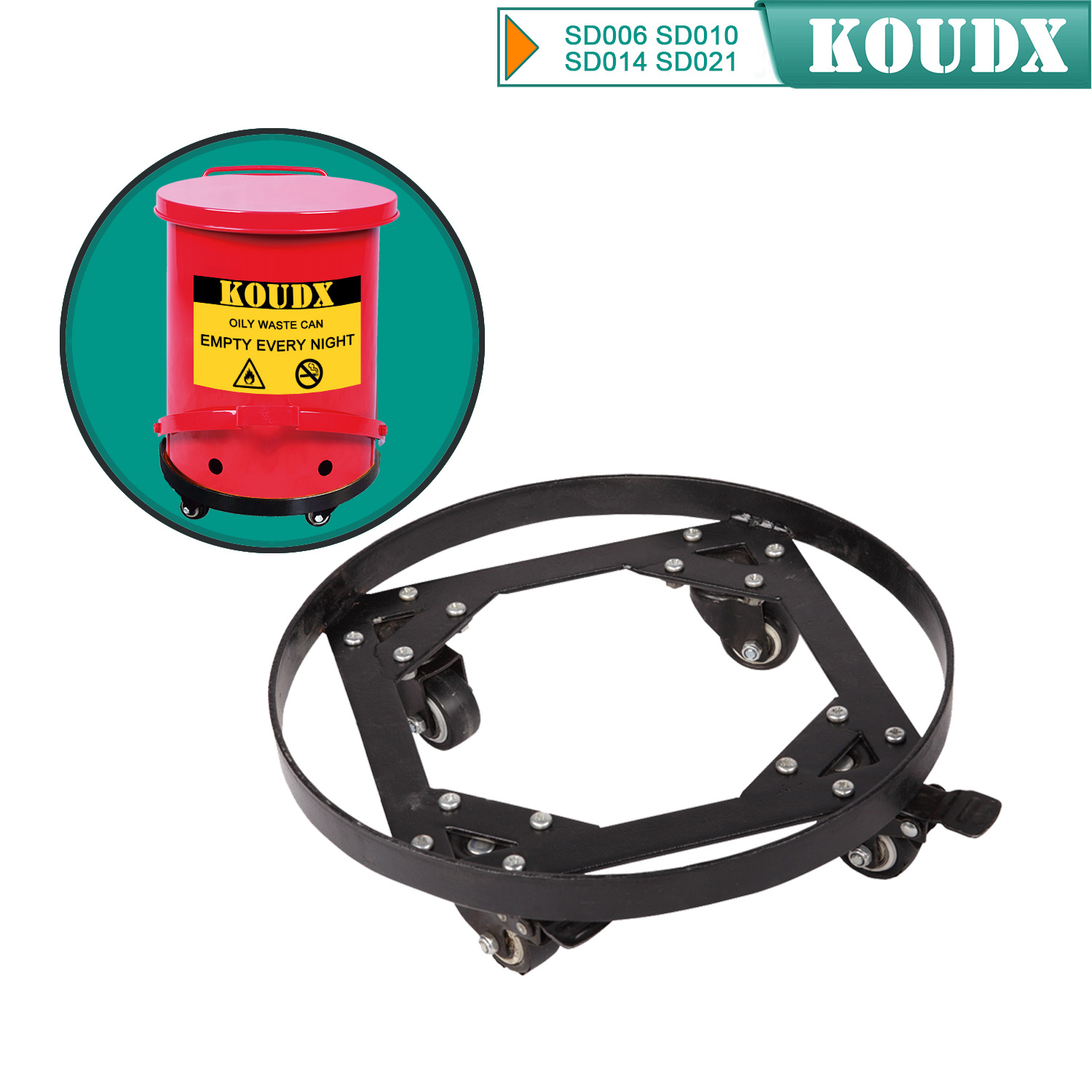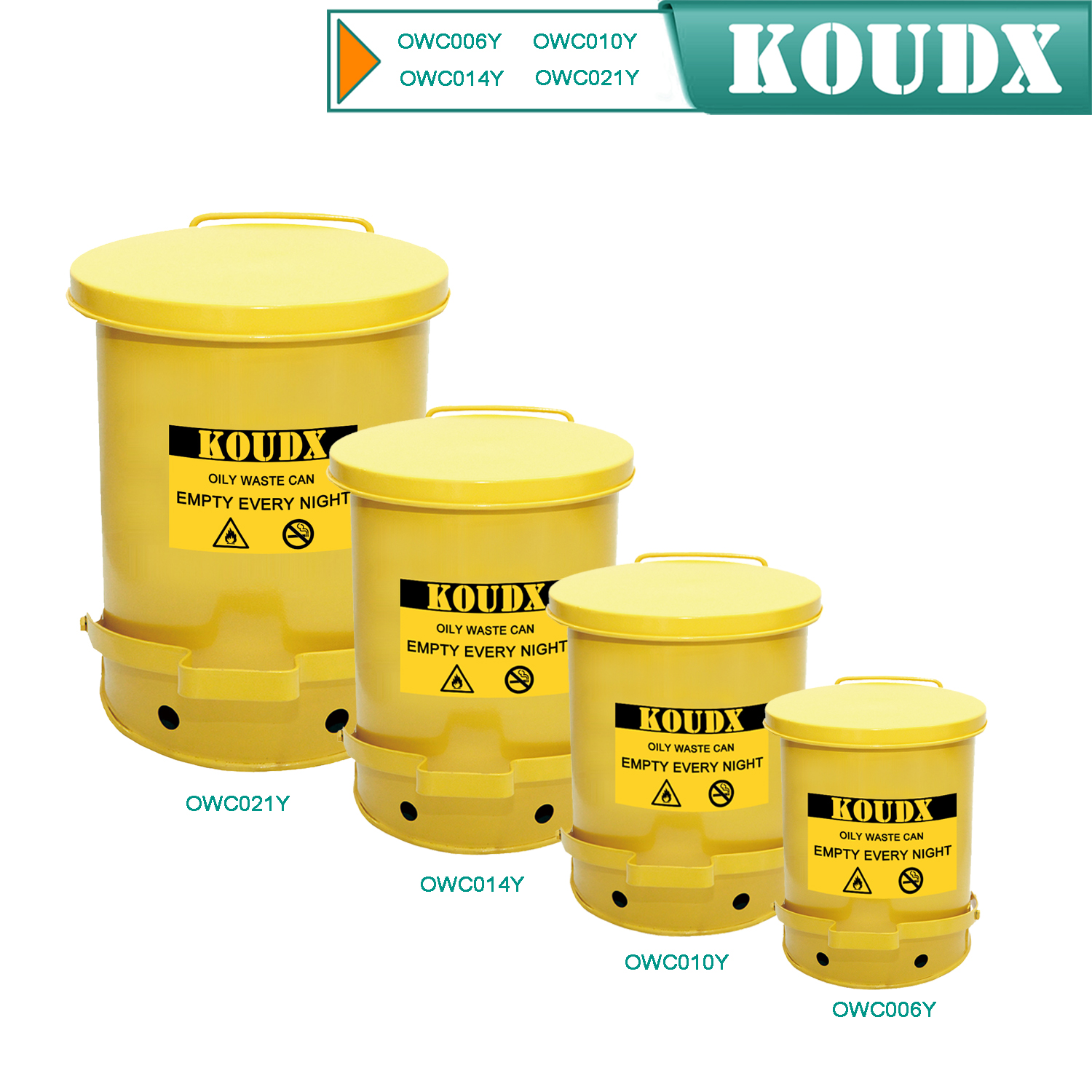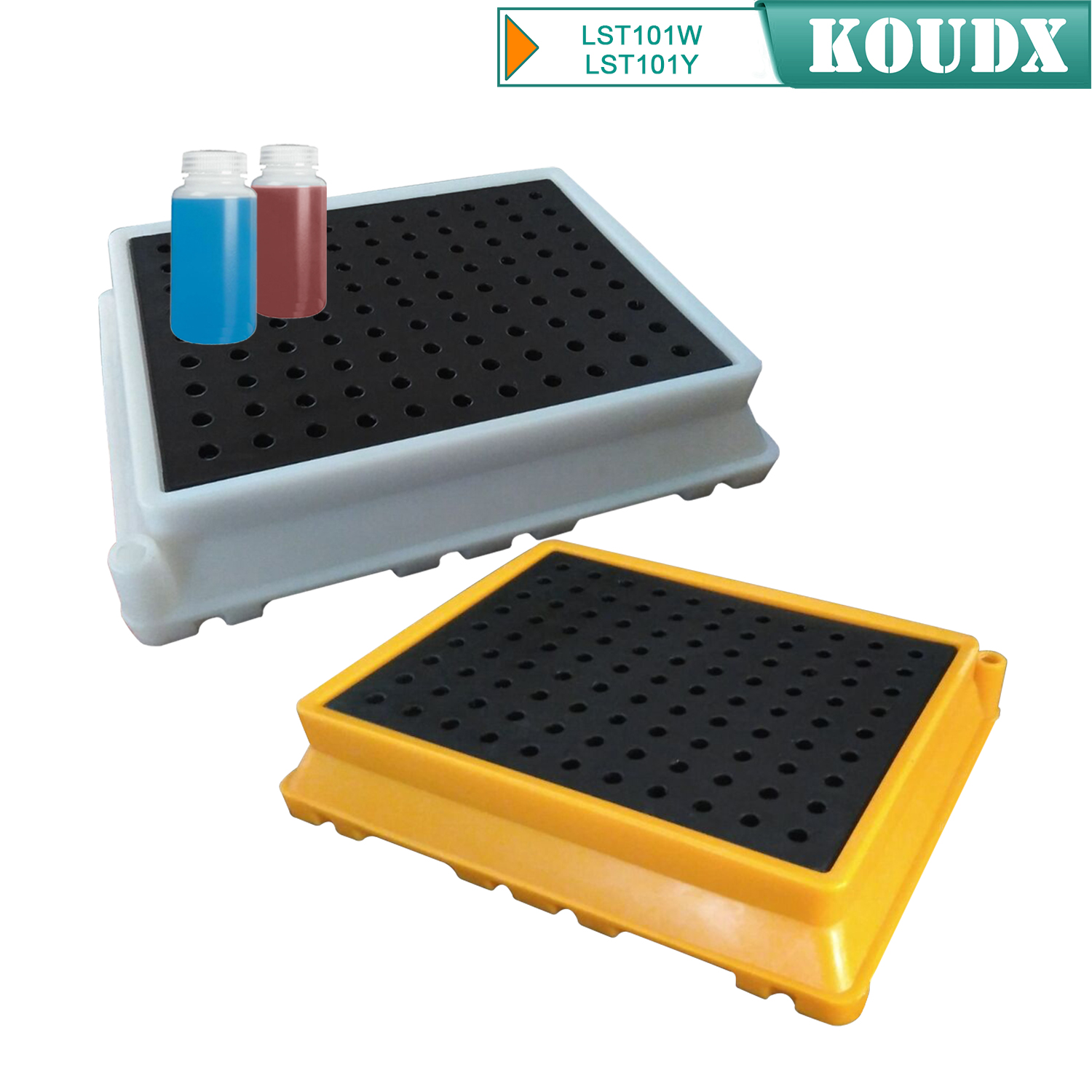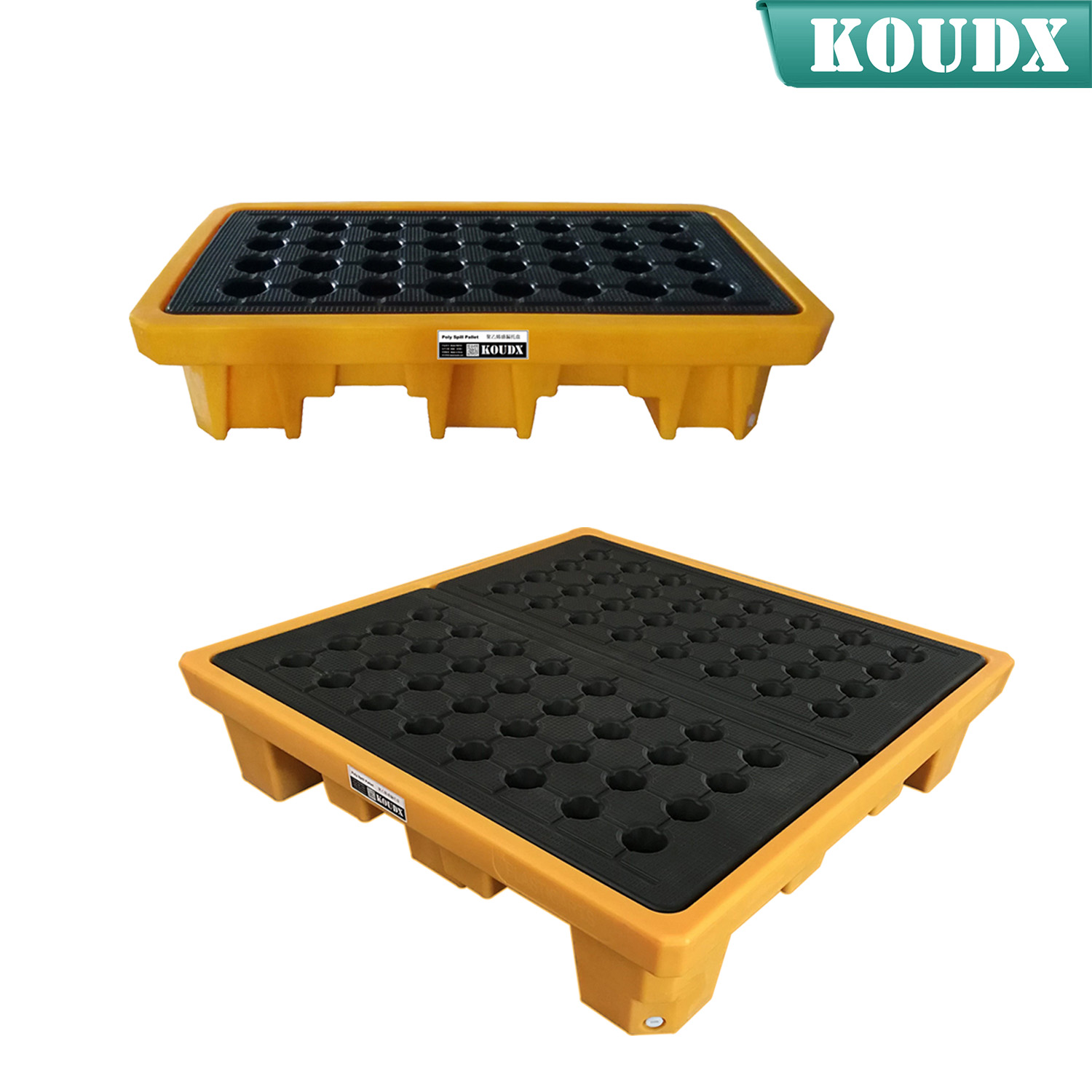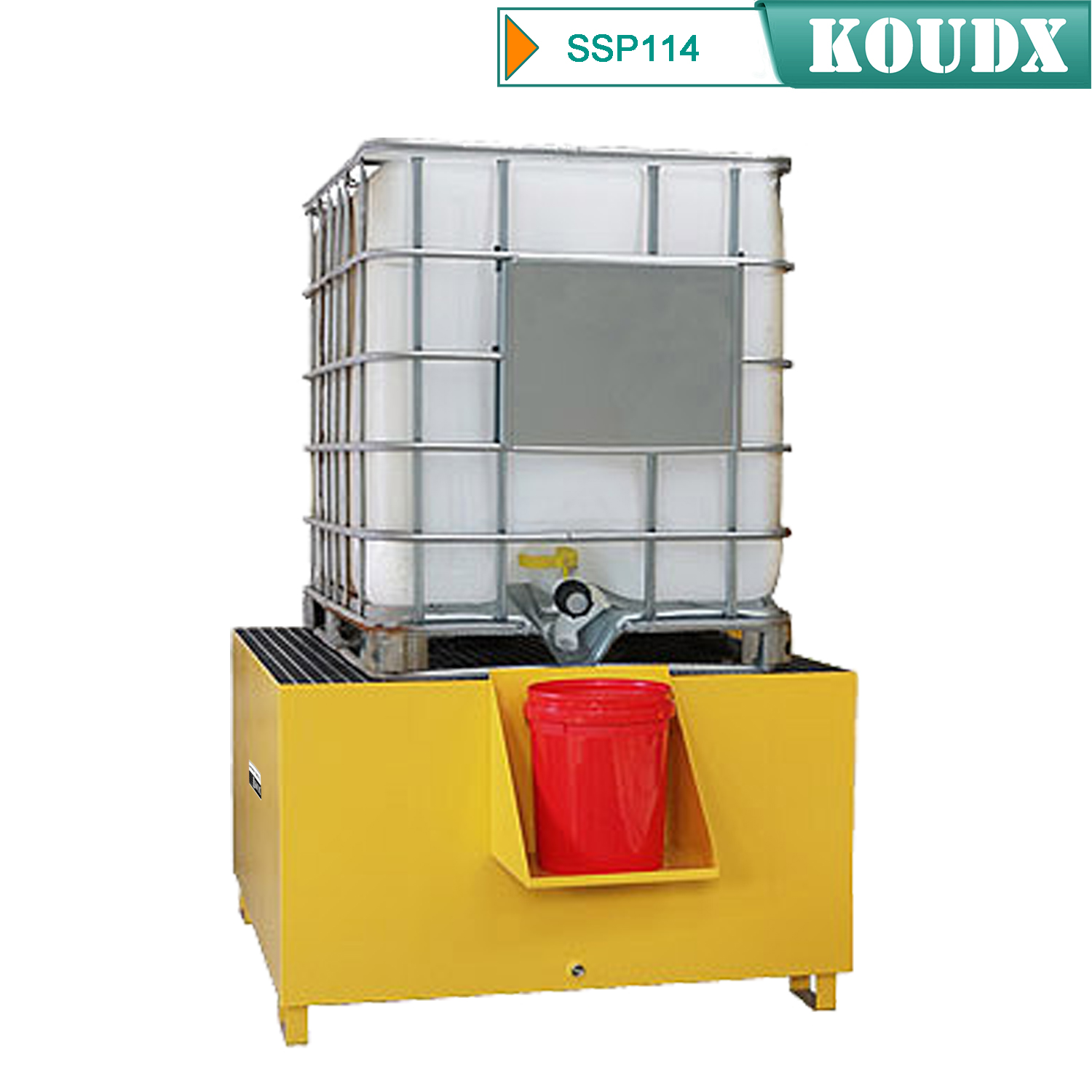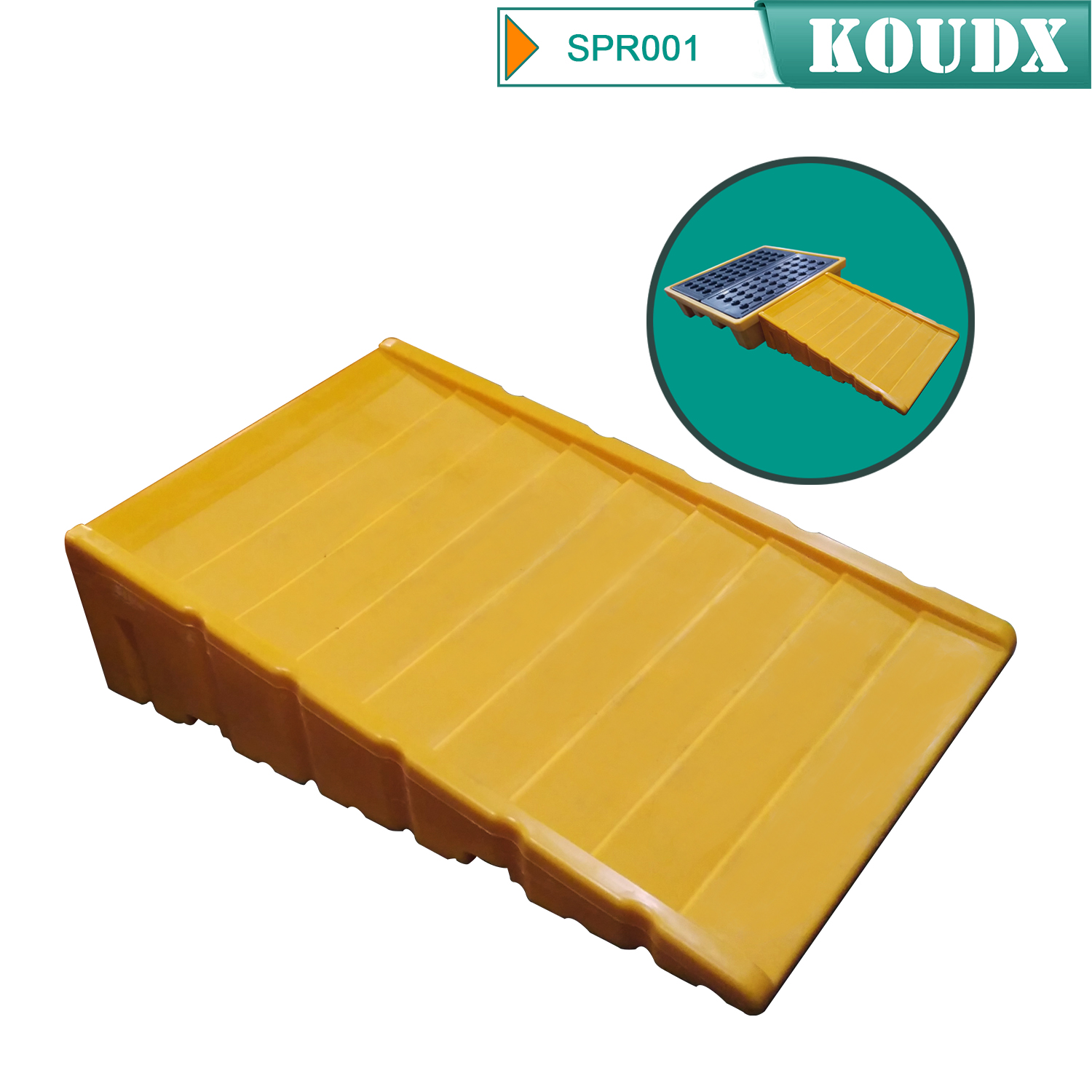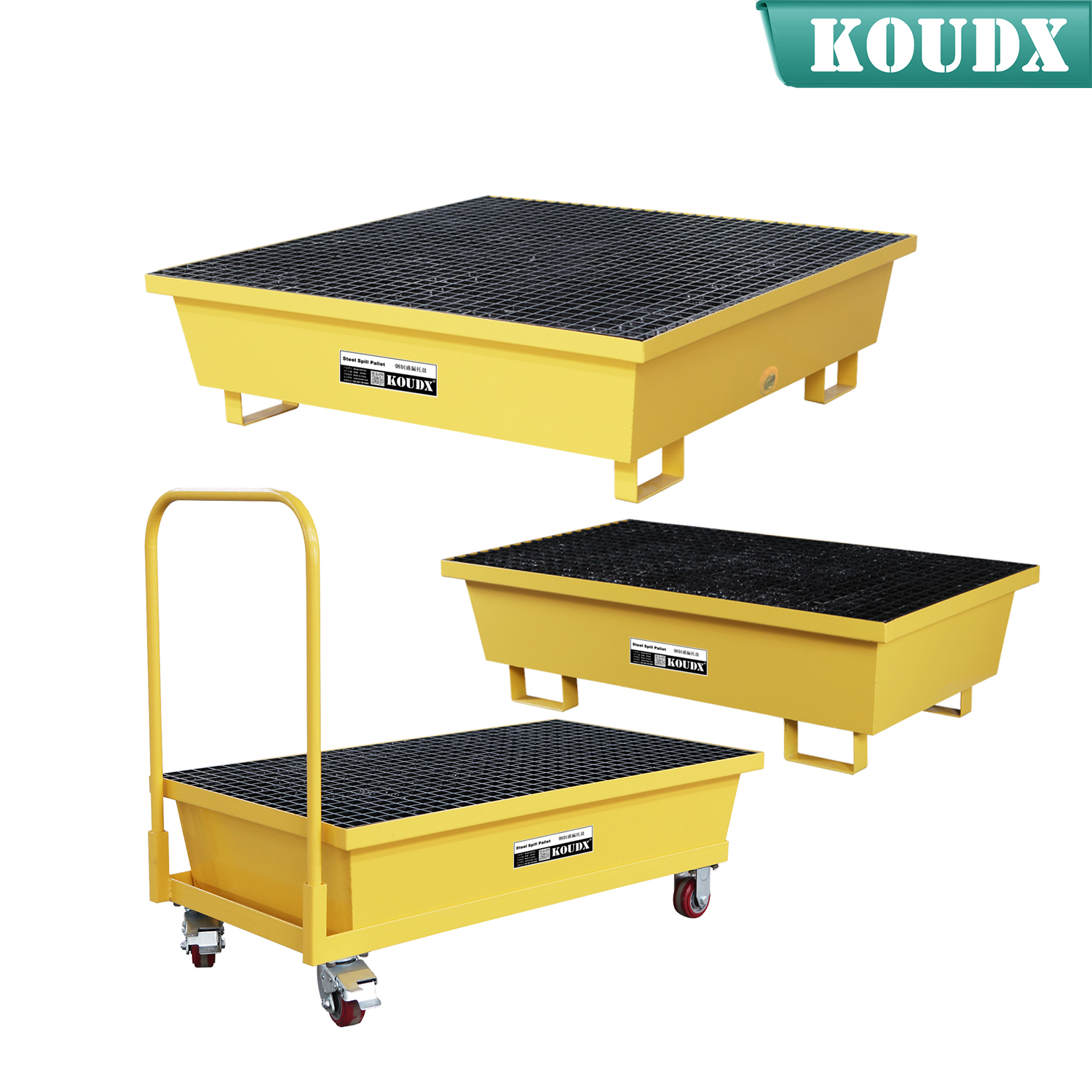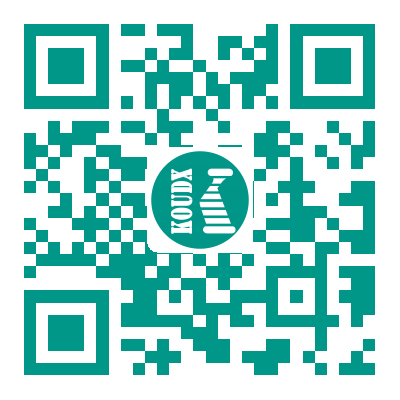
Introduction
Preventing back injuries can be a major challenge for some employers. According to the Bureau of Labor Statistics (BLS), overexertion was the nation’s leading event or exposure leading to an injury or illness in the workplace, accounting for 34% of all workplace injuries or illnesses in 2013. BLS also showed that the back was the leading body part affected, making up 18.2% of total cases in 2013. Although no approach has completely eliminated back injuries, a substantial portion could be minimized by incorporating an effective control program along with an ergonomics analysis and design of work tasks.
OSHA has evaluated ways to help prevent lifting injuries. It specifies two types of controls: engineering and administrative. Engineering controls are used to redesign the workstation to minimize lifting hazards. Administrative controls include carefully selecting and training workers so that they can perform their jobs safely.
Suggested engineering controls include:
-
Redesigning the weight being lifted to help make it easier to lift the item with the presence of handles, use of baskets and the stability of the package being handled.
-
Adjusting the height of the object being moved.
-
Installing mechanical aids such as pneumatic lifts, conveyors and/or automated material handling equipment.
Suggested administrative controls include:
-
Strength testing of existing workers: Studies have shown strength testing can prevent up to one-third of all work-related injuries. Through the strength-testing process, employers can discourage employees from performing tasks that exceed their strength capacities.
-
Physical conditioning or stretching programs: These programs are implemented to reduce the risk of muscle strain.
-
Training: Employees should be trained to utilize proper lifting techniques that place minimum stress on the lower back.
How to Lift Safely
Before lifting, take a moment to think about what you are about to do. Examine the object for sharp corners, slippery spots or other potential hazards. Know your limit and do not try to exceed it. Ask for help if needed. Or if possible, divide the load to make it lighter. Know where you are going to set the item down and make sure the destination and your path are free of obstructions. Then follow these steps.
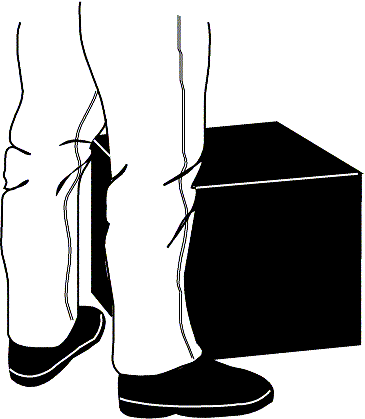 |
1. Stand close to the load with your feet spread shoulder width apart. One foot should be slightly in front of the other for balance. |
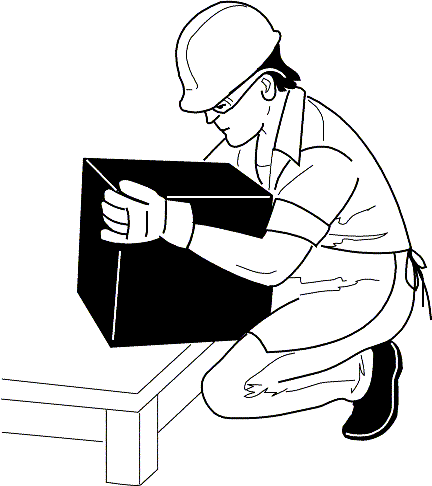 |
2. Squat down, bending at the knees (not your waist). Tuck your chin while keeping your back as vertical as possible. |
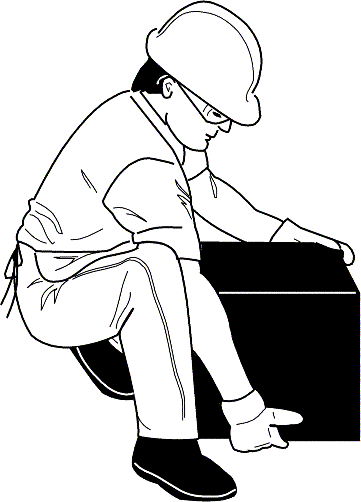 |
3. Get a firm grasp of the object before beginning the lift. |
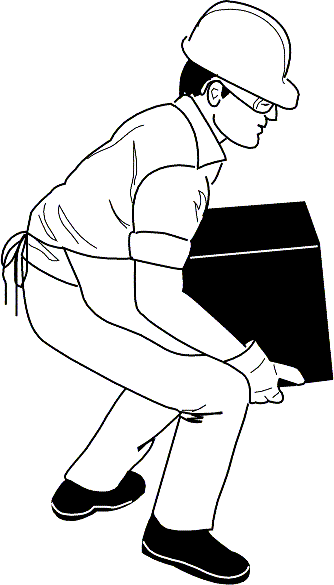 |
4. Slowly begin straightening your legs, lifting slowly. Never twist your body during this step. |
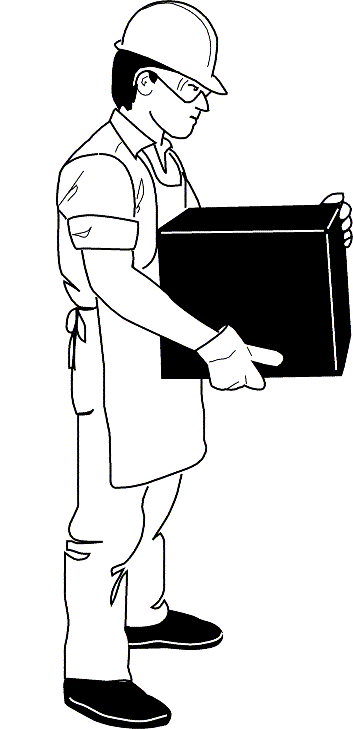 |
5. Once the lift is complete, keep the object as close to the body as possible. If the load’s center of gravity moves away from your body, there is a dramatic increase in stress to the lumbar region of the back. |
If you must turn while carrying the load, turn using your feet, not your torso. To place the object below the level of your waist, follow the same procedures in reverse order. Remember to keep your back as vertical as possible, and bend at the knees. To evaluate a worker’s lifting habits, consider the following variables: frequency of lifting, duration of such activities and type of lifting, as well as the worker’s state of health, body size, age and general physical fitness. To help in the evaluation process, consider using the Applications Manual for the Revised NIOSH Lifting Equation, which gives an equation that you can use to factor all of these variables. You can download this right from the NIOSH website by clicking the hyperlink above.
Conclusion
Using proper lifting techniques can help prevent downtime due to avoidable back injuries. With a little practice, precautionary methods such as these can become good daily habits that could help prevent back injuries both on and off the job. Remember, no approach will completely eliminate back injuries. However, a substantial portion can be prevented by incorporating effective administrative and engineering controls.
Commonly Asked Questions
Q:When carrying a load, is it okay to turn or twist my body as long as I turn with my torso?A:No. You should try to minimize any turning or twisting, but if you must turn while carrying the load, turn using your feet.Q:Are there any guidelines I can follow to help assess multi-task lifting jobs?A:Yes. To help in the evaluation process, refer to the Applications Manual for the Revised NIOSH Lifting Equation.Q:Will wearing a back support belt increase my maximum lifting potential?A:No. Manufacturers of back support belts do not claim they increase maximum lifting potential.

KOUDX(Shanghai Koudx Industry Technology Co., Ltd.) is a professional provider of industrial safety and environmental protection solutions. Based on the concept of market and customer demand, our fire safety cabinet was developed in accordance with the standards of OSHA 29 CER 1910.106 and NFPA CODE30. It is widely used in petrochemical industry, industrial manufacturing, university laboratories, food industry, automobile industry manufacturing, new energy and other industries.
We sincerely hope that in the journey of KOUDX's continuous development and expansion, we will be able to get the full support of our distributor partners in China and abroad, and have more long-term strategic partners, development together and achieve a win-win situation. Welcome to contact us (86) 400-168-8090, you can visit our website www.koudx.com for the detail information.



